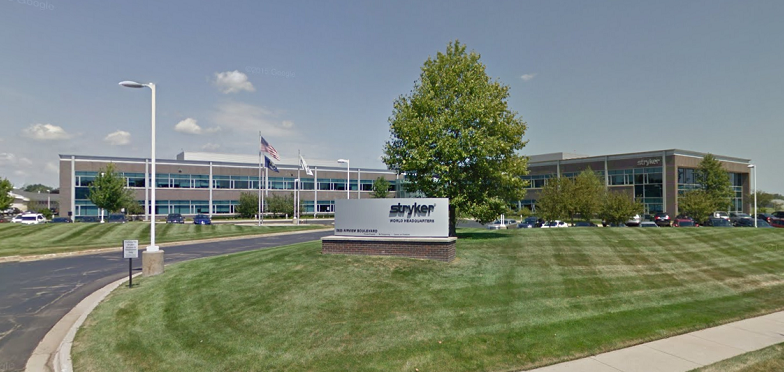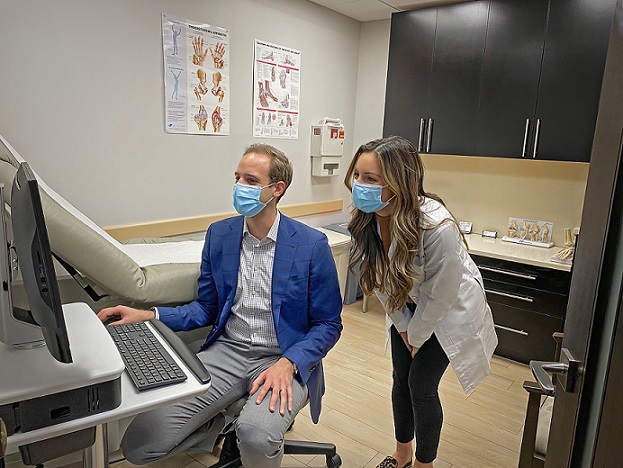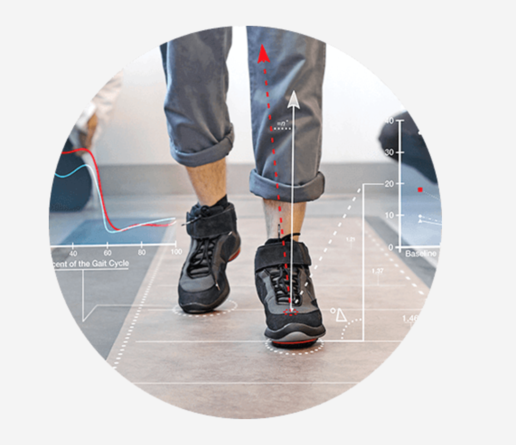Elizabeth Hofheinz, M.P.H., M.Ed.
A new retrospective case series performed at a Level I trauma center has attempted to fill a void in the literature on the surgical treatment of scapula process fractures. The work, “Malunions and Nonunions of the Acromion and Coracoid Proceses: A Comparison of Functional Outcomes Before and After Reconstruction,” appears in the December 2020 edition of the Journal of Orthopaedic Trauma.
Between 2003 and 2018, researchers from the University of Minnesota identified 16 patients with symptoms associated with a nonunion or malunion of closed, displaced fractures of the scapula processes after an acute injury. Their primary outcome measures were range of motion, strength, and DASH; their secondary outcome was return to work.
The team found that the mean DASH score improved from 56.4 ± 22.4 preoperatively to 23.4 ± 22.2 postoperatively. “Among patients with ≥1 year follow-up,” wrote the authors, “range of motion improved from pre-operative to final follow-up in abduction. Among the 15 of 16 patients for whom occupation data is available, 73% either returned to their original occupation (n = 7) or did not due to reasons other than their reconstructive surgery (n = 4). Two post-operative complications occurred including failure of acromion nonunion fixation at 4 months and went on to heal after revision surgery. All reconstructions united without malunion.”
Co-author Peter A. Cole, M.D. is an orthopedic surgeon at University of Minnesota, Regions Hospital & HealthPartners Specialty Center in St. Paul. Dr. Cole told OSN, “Orthopedic surgeons can have a major positive impact on the life of a patient through the application of surgical principals on the treatment of scapula process nonunions, as measured by pre- and post-reconstructive range-of-motion, strength and functional outcomes. This is extremely exciting for a very challenging clinical problem which is associated with substantial morbidity, particularly in the case of acromion nonunions.”
“For the acromion, what was important is that both biological and mechanical solutions needed to be applied. Mechanically, compression and lag screw fixation were important, augmented by a superior tension-band concept, supplemented by multi-planer fixation. Additionally, biological interventions were required as well, such as opening up the intramedullary canal of the acromion, decortication, and any biologic enhancer such as bone grafting from the axial skeleton.”
“The coracoid is probably less morbid, however. Technically, lag fixation through an indirect approach, with important attention to the vector of the screws for adequate capture, as well as prevention of rotational deformity is important.”






